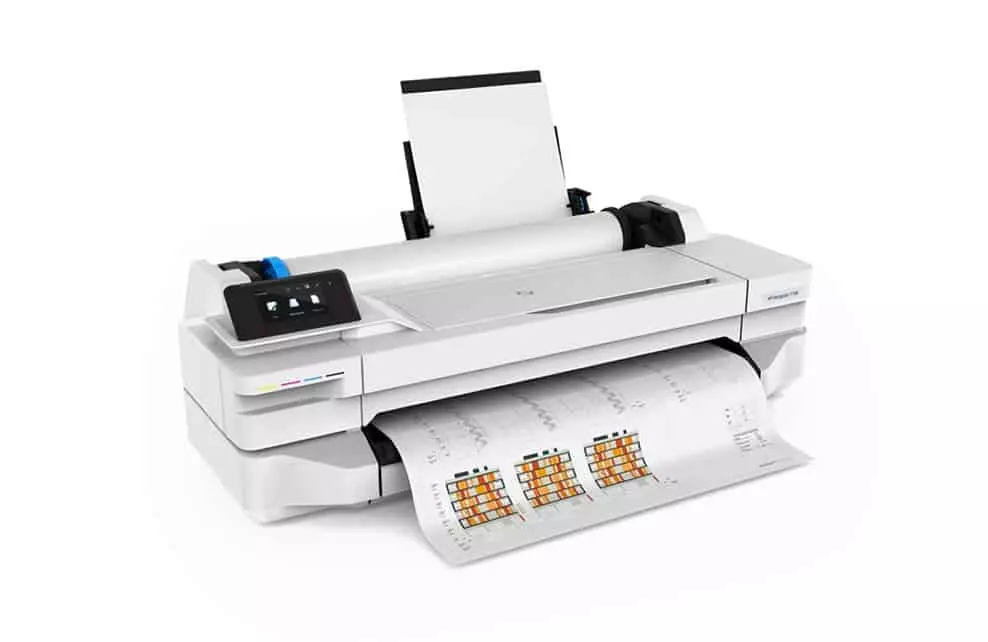Network VS Local Printers: Know The Difference
We live in an age where each business sector is dominated by really improved technology, such as smartphones and tablets and cloud file sharing. When it comes to local printers, there are a lot of options you can find. Nevertheless, you will need to decide whether your company needs to work with local printers or the network printers will better serve your business’s needs.
At first, it may seem very unnecessary to have to print out your information on a piece of paper, but many businesses still communicate effectively with their customers and coworkers this way.
Let’s check together what you need to know before making your decision on what to choose between the local printers or network printers.
First, let us introduce you to the key definitions for both local and network printers.
Local printers are the ones that are directly connected to a specific computer via USB cable. They are types of printers that can serve only one computer and ensure the employees with large printing needs will have reliable access to a printer. Also, local printers improve the efficiency of a project workflow.
Local Printers VS Network Printers
Nonetheless, while they are more convenient and secure, local printers do have some cons, especially regarding their costs. For instance, if you buy and maintain multiple printers, you would have to accept the costs regarding ink and paper for each of them. Also, if the local printer is not one of the well-recognized brand names and it breaks down, you will have difficulties finding someone qualified to repair it.
On the other hand, a network printer is part of a group or network of computers that can all access the same printer simultaneously. The main advantage is that the network printers do not need a physical connection via USB to the network. Instead, they can be connected wirelessly and assigned to a workgroup.
These types offer flexibility and productivity to all employees in the office. They can operate with different kinds of platforms such as Linux, Windows, Mac, etc. They can also run with various printer types (laser, inkjet, thermal, etc.).
These facts prove that the users throughout one office can access the network printers regardless of the platform in use on their device. Additionally, network printing resolutions offer a variety of print options when several types of printers are connected to one specific network.
As a weakness, with multiple users capable of accessing the same printers, projects can be delayed when the printer is already in use. As well, if the wireless network goes down, then these printers become inaccessible. But let’s take a look at some of the most valuable benefits.
Cost Savings
With this type of printer, you can save your money in many ways. For example, you won’t have to purchase a printer for each one of your employees. You will also have only a few print devices to supply, and that will save you from supplying a wide variety of materials. With the minimization of the number of different machine models in your office, you will be able to save your money on support and maintenance costs.
Almost No Maintenance
The maintenance of your printers is going to be more centralized and easier to manage. This was concluded due to the reason that there will be only fewer devices and more like models.
Less Training And More Efficiency
Your employees will get to learn how to use your new network printers more easily, leading to greater workplace efficiency. Specific printers may vary by their brand, age, abilities, and supply necessities; these variations require specific training, understanding, monitoring, and maintenance which can take up your employee’s time.
Due to the reason that your printing technology is getting older and requires replacement, your personnel will have to stay up-to-date on the new characteristics and the troubleshooting techniques in order to remain productive.
Access To Improved Capabilities
In general, the network printers are higher in quality because that they can handle more complex tasks. In comparison with the personal printers, the network printers have better capabilities regarding printing volume, paper handling, speed, etc. Moreover, these printer devices usually have extended product shelf-life.
Remote Use
This type of copy machine will accommodate staff working from different locations in your office. It is so easy because people can send and print documents from anywhere in the office by connecting to the wireless network. Therefore, these are the perfect tools for people that need to print their documents remotely.
Ability To Connect Multiple Printers
Some offices may require more than one printer. For instance, your employees may need to print high-quality graphics in one department and also need to accommodate larger volumes in another. Therefore, if you provide a network print environment, you and your employees will be able to connect as many printers as necessary.
Easier Tracking
You can imagine that a lack of usage tracking very often converts to uncontrolled print costs. So, it is really simpler to track the printer and supply usage with network printers with a certain program.
Conclusion
To sum up, deciding whether or not you need a local or network printer depends on many factors related to your business. The best you can do is to consult with a company like which will help you with the identification of the needs of your company and help you decide on either network or local printers are the better solutions for you. There is no right answer for each situation or need, but we assure you that we will find the one that is the best fit for your business. Click here to get a quote from 1-800 Office Solutions.













